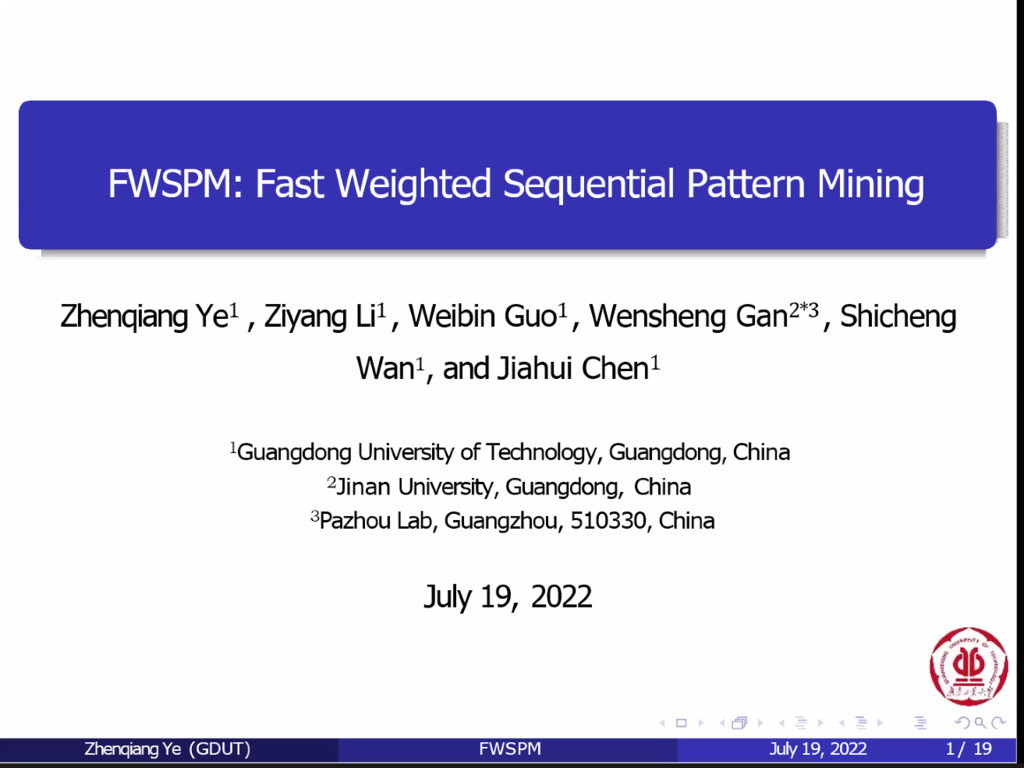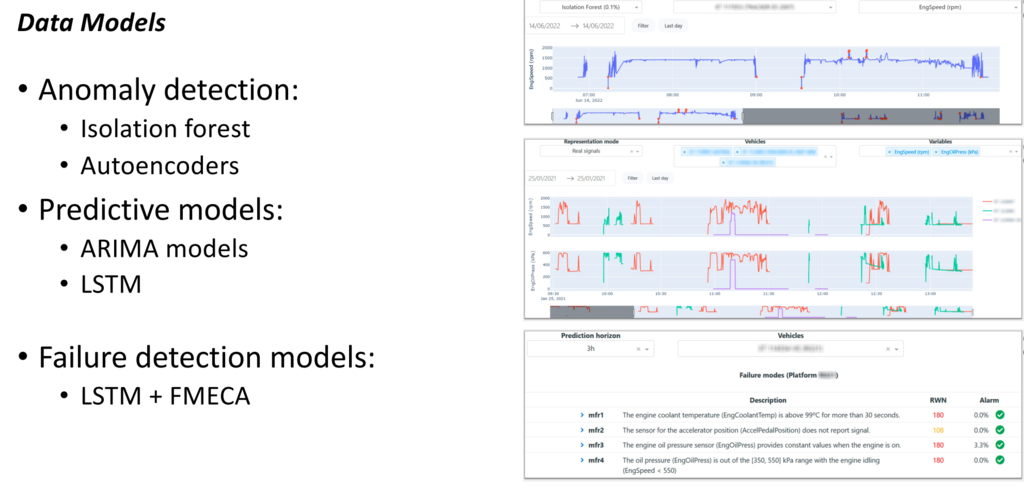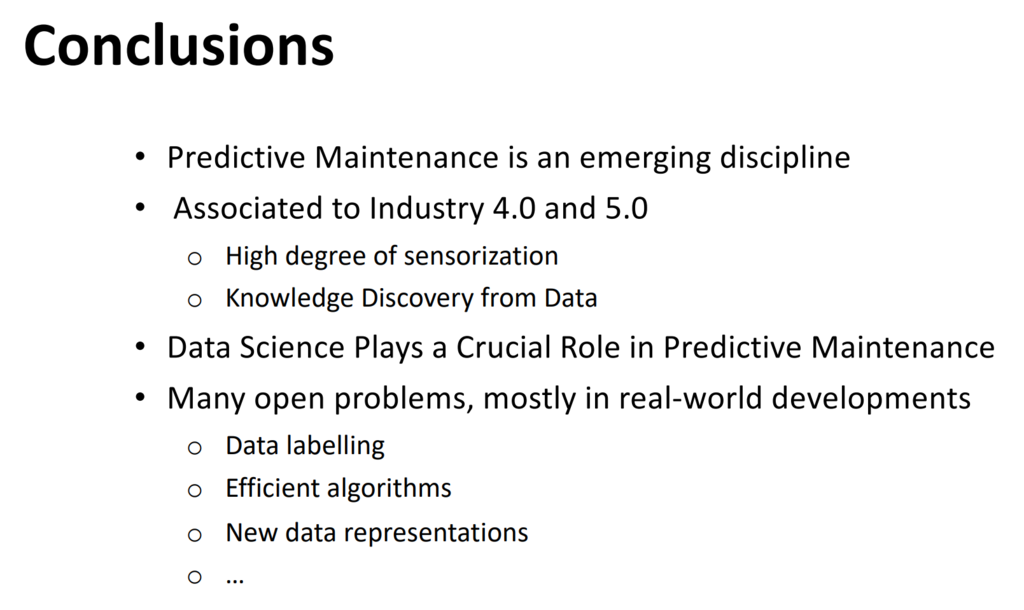This week, I am attending the 35th International Conference on Industrial, Engineering & Other Applications of Applied Intelligent Systems conference (IEA AIE 2022). I will give a brief report about the conference
Program
This year, the conference received 127 paper submissions, from which 65 have been accepted as full papers, and 14 as short papers. All the papers have been reviewed by at least 3 members from the program committee.
Opening ceremony
The IEA AIE 2022 conference was held in Japan in hybrid mode. I think the majority of attendants were online but there was still many people attending in person. On the first day, there was the opening ceremony. The conference was introduced including the program and other aspects.
Paper presentations
There was several paper presentations, covering many different topics such as: industrial applications, health informatics, optimization, video and image processing, natural language processing, agent and group-based systems, pattern recognition, security.
Here is screenshots from some presentations, that I have attended.
This is a paper about air pollution, which use image processing combined with a periodic pattern mining algorithm to obtain good detection:


Below is a paper from my collaborators about parallel high utility itemset mining based on Spark. In that paper some good results are obtained where a parallel version of EFIM and d2HUP provides some good speed-up (up to 20 times) over the sequential versions of those algorithms for mining high utility itemsets.


There was also an interesting paper about weighted sequential pattern mining in uncertain data:

There was also many other papers that I have listened too. I will not report on all of them.
Keynote talks
At IEA AIE 2022, there was two keynote talks. The first keynote was by Prof. Tao Wu from Shanghai University of Medicine & Health Sciences about health informatics.
The second keynote talk was by Prof. Sebastian Ventura from University of Cordoba, Spain about Improving Predictive Maintenance with Advanced Machine Learning. He talked about how to build models and systems to prevent failure from happening in industrial systems by doing maintenance in advance (predictive maintenance – PdM). He explained that various techniques can be used such as for outlier detection and classification. Prof. Ventura told that he is doing a project for the maintenance of military vehicles. Following the talk, there was a good discussion with conference participants. Prof. Ventura explained that building simple models is good but it is not necessarily the most important. A complex model can be acceptable if it is explainable. In fact, he said that it is more important to have explainable models because in real-applications, models often need to be verified by domain experts. Here are a few slides from that talk about the introduction:



Here are some slides about potential data mining techniques that can be used:




And here are some techniques that have been used in the specific project for predictive maintenance of vehicles:

Here are some challenges and open problems and the conclusion from the talk:


If you are interested by this topic, you may also check the survey paper published recently by Prof. Ventura:
A. Esteban, A Zafra & S. Ventura. Data Mining in Predictive Maintenance Systems. WIREs DMKD. https://doi.org/10.1002/widm.1471
Conclusion
That’s all for this. You can see some of my reports about previous editions of that conference here: IEA AIE 2016, IEA AIE 2018, IEA AIE 2019 , IEA AIE 2020, and IEA AIE 2021.
Philippe Fournier-Viger is a full professor working in China and founder of the SPMF open source data mining software.





Pingback: Brief report about the SMARTDSC 2022 conference | The Data Mining Blog
Pingback: Brief report about the IEA AIE 2021 conference | The Data Mining Blog
Pingback: A brief report about the IEA AIE 2020 conference | The Data Mining Blog
Pingback: A brief report about the IEA AIE 2019 conference | The Data Mining Blog